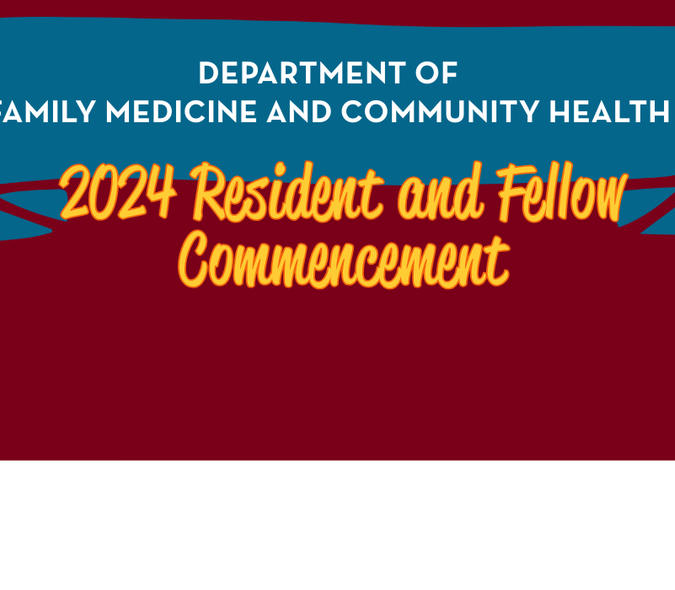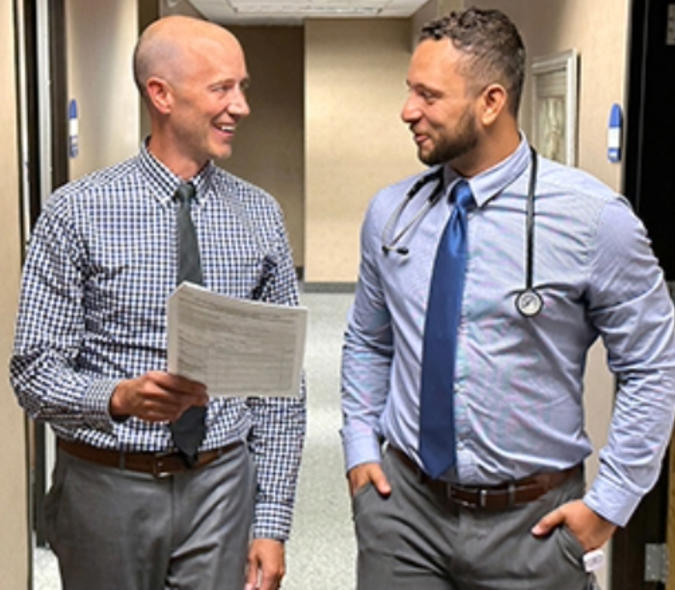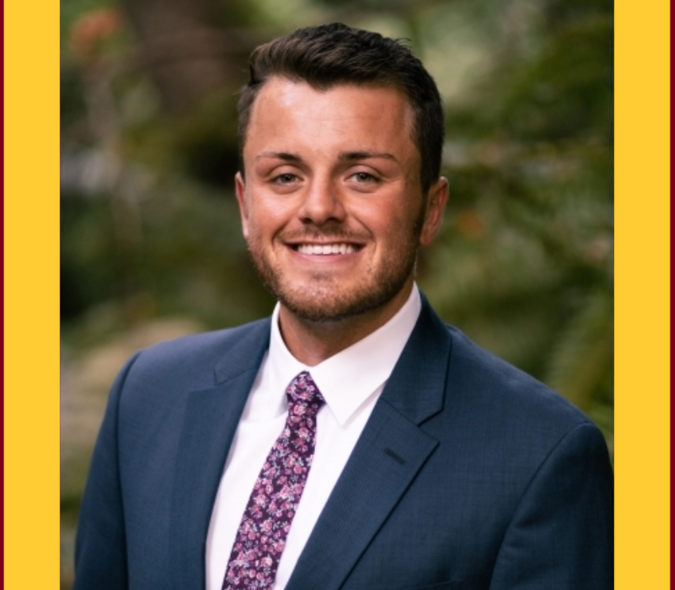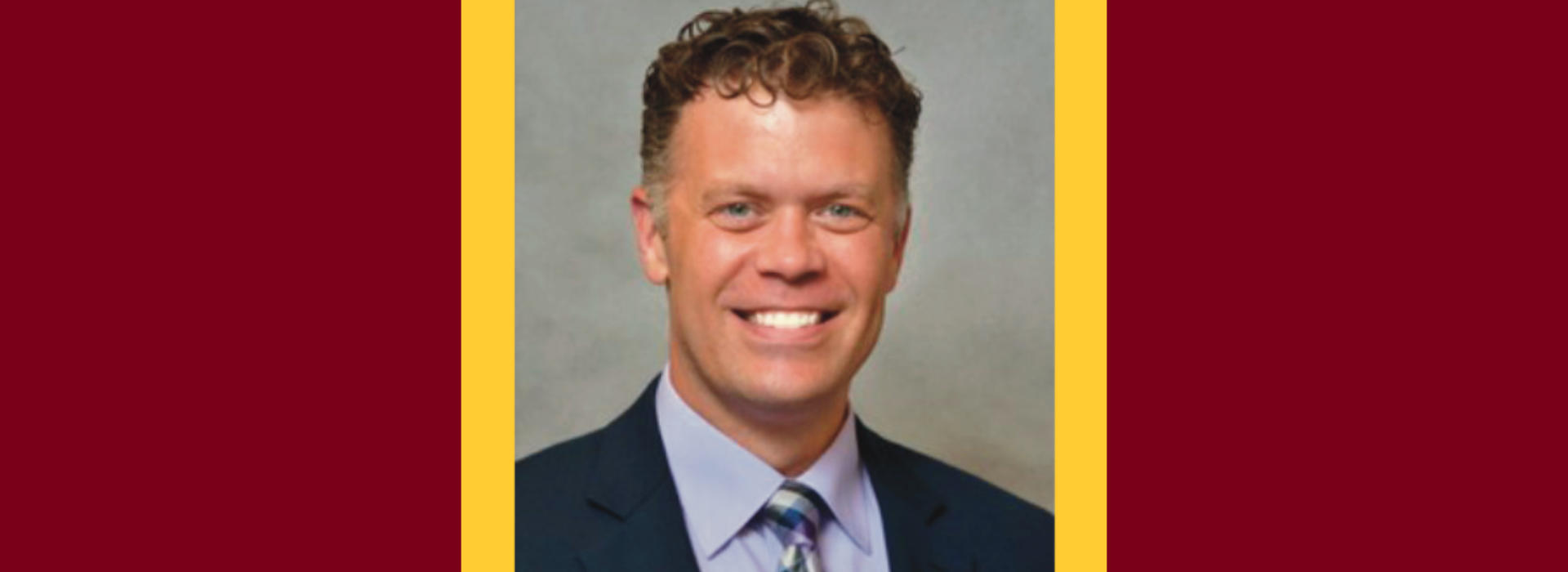
All About the PhD in Rehabilitation Science Program
Brendan Dougherty, PT, PhD, assistant professor and co-director of the Rehabilitation Science Graduate Program, shares the history, structure, and ongoing successes of the PhD in Rehabilitation Science program.
Can you give us an overview of the rehabilitation science PhD program?
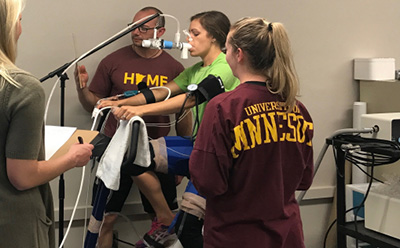
Our PhD program recently celebrated 25 years! It began in 1998 and evolved out of the former Department of Physical Medicine and Rehabilitation (known as PM&R) primarily from the leadership of Physical Therapy and Occupational Therapy programs. There was (and still is) a growing national need for PhD-level trained clinicians and scientists to advance research related to physical rehabilitation.
The goal for starting the Rehabilitation Science Program was two-fold: 1) bring together experts to advance science that could then be applied to patient care and clinical practice (i.e. translational research), and 2) integrate research training into these clinical programs. So, our roots are very much in the fields of physical therapy and occupational therapy. At the time, there were only a handful of like programs nationally. We were on the forefront along with the likes of the University of Florida, the University of Delaware, and the University of Southern California, to name a few.
When we welcomed our first class, it was very small—about six students and eight faculty. We've been growing through the years, more than quadrupling our number of students, building our curriculum, and expanding faculty beyond those in physical and occupational therapy. Our program, and the field of rehabilitation science, is now a broad, interdisciplinary collective of scientists working in research areas at each level of the translational research continuum with the shared goal of advancing rehabilitation care for patients of all ages.
What is the structure of the PhD program?
Full-time students generally take 4-5 years to earn their PhD. In the first two years students take classes, followed by preliminary written and oral exams. In year three, students are generally prepared to dive into their dissertation project, which culminates in a final thesis defense. This progression to degree completion is in line with the other PhD programs in the Medical School.
What kinds of students are in the rehabilitation medicine PhD program?
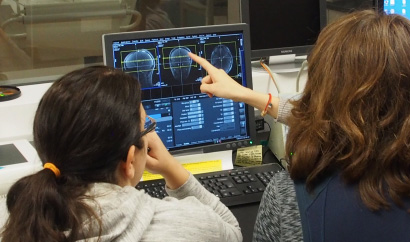
As our program has grown, diversified, and broadened across departments and centers at the University and VA Medical Center, the make-up of our students has changed as well. Right now, we have 28 PhD students, and they are from all different academic backgrounds. Early and mid-career clinicians are attracted to our program, with about half of our students having clinical degrees (physical therapy, occupational therapy, speech therapy, orthotics and prosthetics, exercise physiology).
However, more and more students are applying to our program straight from undergraduate or master’s degree programs with broad experience in biomedical engineering, physiology, neuroscience, public health, and chemistry, for example. Since our faculty are experts in areas spanning the basic and clinical sciences, we attract students with a range of research interests, and we feel that this breadth is a significant strength of our program.
Who are the faculty members for this program?
Our faculty members are a lot of the same names you see in physical therapy, as well as faculty from UMN-affiliated institutions including Gillette Children’s and the Minneapolis VA Medical Center. Faculty with primary appointments in occupational therapy, kinesiology, neurology, and neuroscience also have graduate faculty appointments in the Rehabilitation Science program. We look forward to exploring opportunities for further expansion to include faculty from family medicine!
How does the PhD program fit into the overall Division of Physical Therapy and Rehabilitation Science?
Rehabilitation Science’s expressed mission is to train the next generation of scientists and academics that will go on to teach and advance the science of rehabilitation. Our graduates’ research will be translated into application in the real world, in the clinic or hospital setting. There is significant synergy with the goals and mission of the Doctor of Physical Therapy Program, with our programs aligning in mission, faculty, and long-term goals.
Specifically, the PhD program overlaps with physical therapy in research areas related to human performance, human movement, and recovery from injury and disease. But it is important to emphasize that rehabilitation science is not exclusive to physical therapy. Biomedical engineering, exercise science, neuroscience, occupational therapy, physiology, and other areas are represented as well.
We run the gamut from bench scientists that are looking at things from the cellular and molecular level all the way to human subject research. As our program continues to grow, we are excited about further broadening these research areas to encompass all aspects of the rehabilitation experience.
What do students choose to study while in the program?
One highlight of our program is its flexibility. Students have the freedom to choose electives from a variety of different disciplines on campus. We may have a student who is interested in neuro rehab, so they might take courses from Neuroscience. Students who are more interested in psychosocial outcomes might be doing community-based studies out of Public Health.
But the hallmark of what binds all of what our students do is our robust research development and our core curriculum. These are skills that all students need and practice and will stay with them throughout their career. One example is our grant writing course where students are guided through the creation of an NIH F31-style grant proposal based on their research direction. Many students go on to submit these proposals, and students in our program have been fortunate to receive several NIH F31 fellowships.
We also have a presentation course focused on speaking scientifically yet relating research in layperson terms. We try for a holistic training of the student—that is our broad-based curriculum. Each student then breaks out and goes into sub-curriculum electives that meet their individual needs based on the type of research they're going to be doing.
Is there anything else that you would like to share about the program?
We are eager to get the word out about who we are! Our program is relatively small compared to some other PhD graduate programs in the Medical School, but our unique interdisciplinary research and flexible curriculum are likely to be attractive to a wide variety of individuals interested in graduate studies.
We’re proud of who we’ve become in 25 short years. The evidence is there in terms of our impact. In addition to our success with NIH F31 awards, our students frequently receive institutional awards such as the Graduate School’s Doctoral Dissertation Fellowships. Our trainees are routinely welcomed on training grants and have accepted invitations nationally and internationally to present their work. We may be small, but we take pride in the fact that we are impactful.

